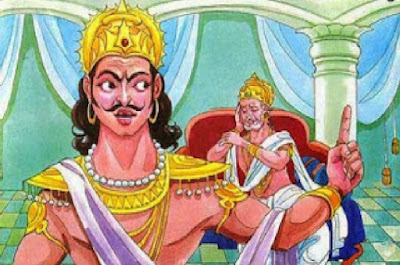Week 6 Story: In Which Kevin Loses Everything and Discovers that He Cannot Regain Anything
NOTE: Portfolio location -- https://sites.google.com/view/crayonandonand/story-two The casino smelled like Kevin's Gramma before she died of lung cancer — like the slap of new pinochle cards as they're shuffled; like the puff of the last cigarette in a pack of Marlboros; like a woman who bet on God instead of chemotherapy and lost. Kevin sat at the blackjack table, blood already thrilling through his veins. The dealer sent two cards across the table and they slid to a stop right in front of him. A Jack of spades, a four of hearts. "Hit me." A ten of diamonds. "You bust. House wins." Kevin played again. This time, a six of clubs and a seven of hearts. "Hit me." "You bust. House wins." He played again: "Hit me." "You bust. House wins." And again: "Hit me." "You bust. House wins." And again: "Hit me." "You bust. House wins." He played until he ...
